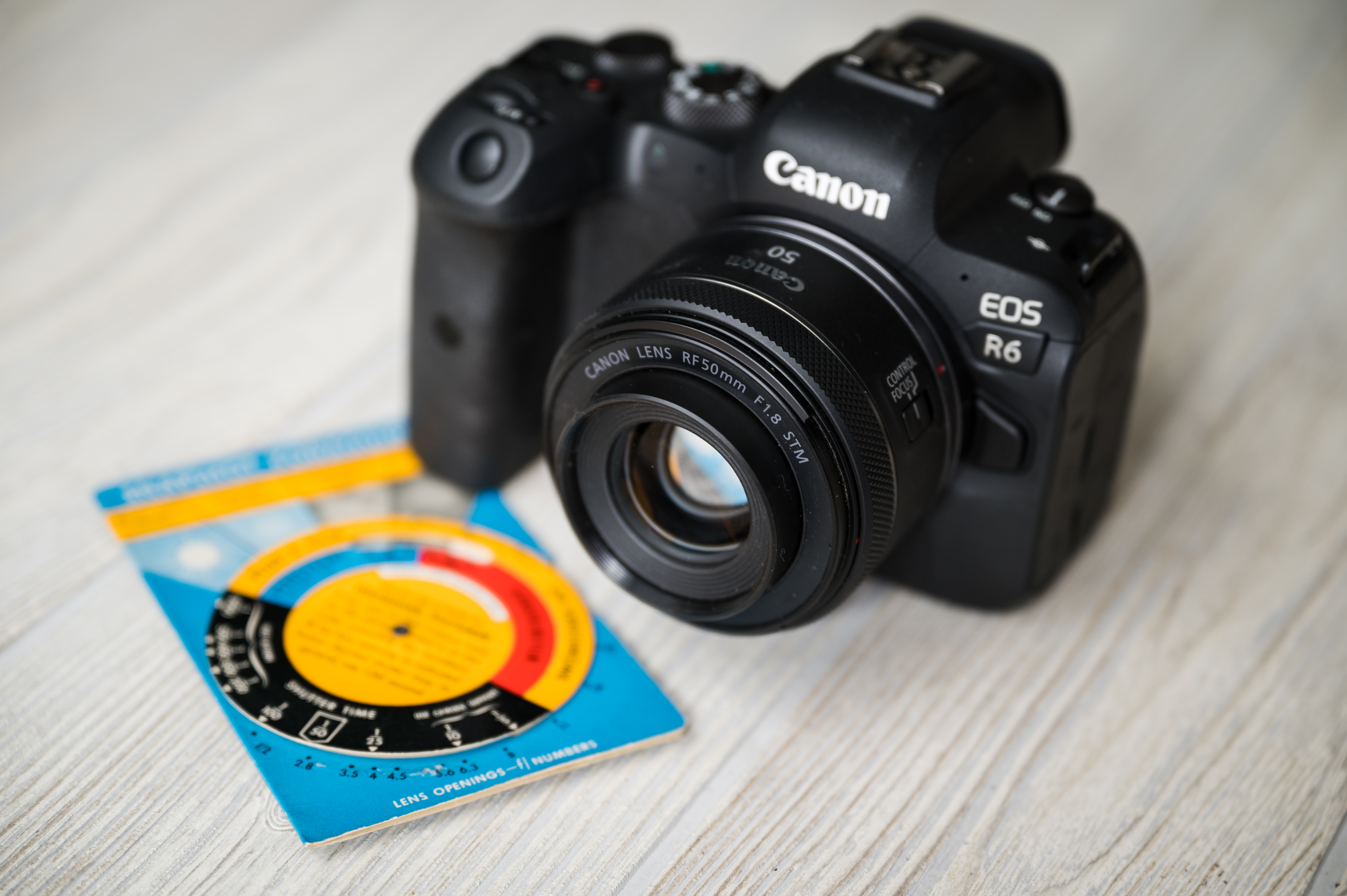The Canon RF 50mm f1.8 isn’t perfect, but for $200, we can forgive its few flaws.
I’ve long recommended the nifty fifty as one of the first lenses for beginners to add to their DSLR kit. With a bright aperture and a price often around or even under $200, the nifty fifty is an easy choice. However, the affordability of the 50mm f1.8 hasn’t quite made the migration over to mirrorless. Nikon’s is $600, and L-mount lenses are all much higher. Sony is an outlier with a $250 option. That is, until the Canon RF 50mm f1.8 STM.
Sitting pretty at $200, the Canon RF 50mm f1.8 brings the affordable nifty fifty to the R bodies, only jumping $75 off the EF mount price. The lens is simple and not weather-sealed, but it’s also compact and delivers some pretty impressive bokeh. I tried the Canon RF 50mm f1.8 on some individual and couple’s portraits to see if the budget lens is worthwhile.
Table of Contents
Too Long, Didn’t Read.
The Canon RF 50mm f1.8 lacks the super-sharp optics and weather sealing of lenses from competing systems — but it also lacks the high price. It delivers excellent autofocus performance, great bokeh, and solid color.
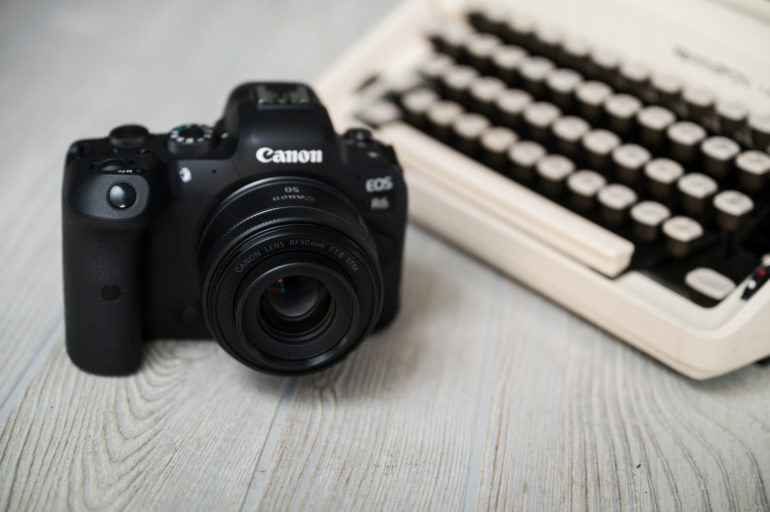
Pros and Cons
Pros
- Affordable
- Compact and lightweight
- Solid bokeh and color
- Great autofocus performance
- Lots of room for character
Cons
- Softer than other mirrorless primes, especially at the corners
- No weather-sealing
- Some minor color fringing
Gear Used
I tested the RF 50mm f1.8 with the Canon EOS R6. I edited the RAW files in Capture One, which did not yet have the lens profile for this 50mm at the time of this review.
Innovations
The Canon RF 50mm f1.8 doesn’t do much more than bring over Canon’s affordable nifty fifty to the RF mount. That said, I’m totally okay with that because of the still low price point.
Canon RF 50mm f1.8 Tech Specs
According to Canon USA, the RF 50mm f1.8 STM boasts the following specifications:
- Focal Length: 50mm
- Maximum and Minimum Aperture: F1.8 – 22
- Lens Mount Type: RF Mount
- Minimum Focusing Distance: 0.98 ft. / 0.30m
- Maximum Magnification: 0.25x
- Angle of View, Diagonal: 46°00′
- Lens Construction: 6 elements in 5 groups
- Aspheric lenses: (1) PMo
- Filter Size Diameter: 43mm
- Aperture Blades: 7
- Shake Correction with EOS R Series cameras with In-Body Image Stabilizer Supported: Up to 7 stops of Shake Correction. Based on CIPA (Camera & Imaging Products Association) standards. Testing performed at a focal length of 50mm using the EOS R5 camera.
- Focus/Control Ring: Provided
- Focusing System: STM
- Maximum Outer Diameter x Length: Approx. 2.72 in x 1.59 in. / 69.2mm x 40.5mm
- Weight: Approx. 0.35 lbs. / 160g
Ergonomics
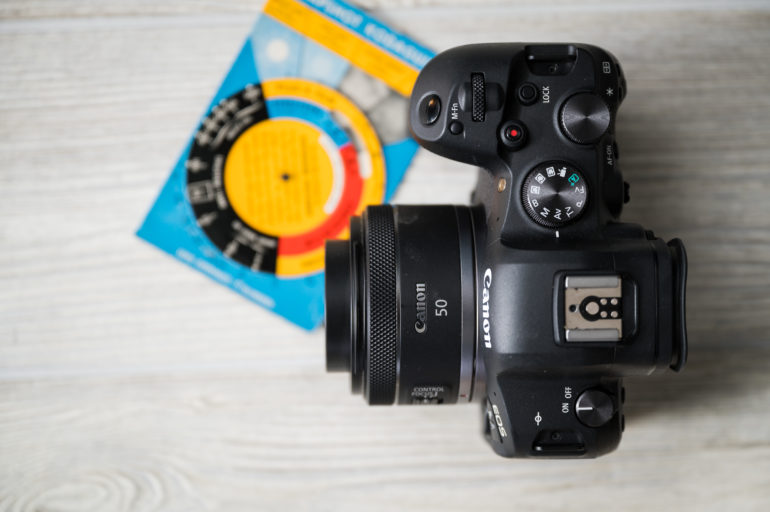
The Canon RF 50mm f1.8 STM is nearly small enough to call a pancake lens. Coming in at under three inches and about .5.6 ounces, the lens is one that you’ll barely notice on the front of the body or tucked in a bag.
Despite the compact design, Canon has cleverly managed to fit in a custom control ring. The lens has just a single thin ring at the front for adjusting focus. But, use the switch on the middle left of the lens, and the ring becomes a custom control ring. Using the camera menu, you can set the custom ring to one of 17 different functions or turn it off completely. That clever design makes it easy to adjust ISO, aperture, white balance, or other settings right from the lens. The switch means that you don’t have to go back into the menu and change the custom setting to manually focus the lens again.
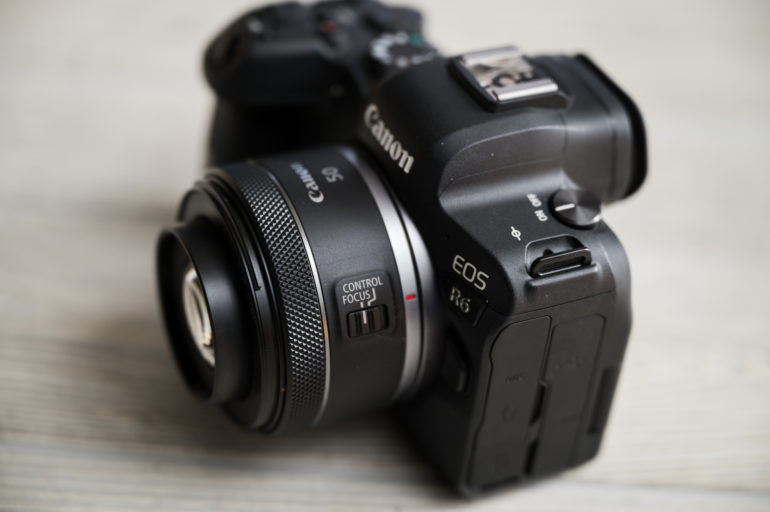
The ring and the focus to custom control ring switch are the only two controls on the small body. That means moving from auto to manual focus requires adjusting the setting on the camera body. Despite the clever switch from focus to control ring, that means adjusting focus still requires tweaking a setting on the camera body. Using the quick menu to choose manual focus is simpler than digging in the menu for the custom control ring settings. A second switch from auto to manual focus or a switch from Manual focus to control ring with autofocus would improve the process.
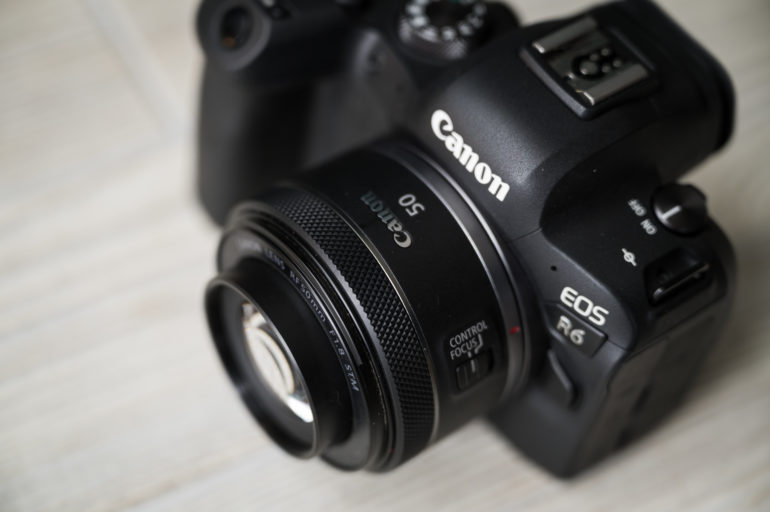
The 50mm isn’t an internal focus lens, which means the lens changes length as it focuses. Extended, the lens’s front has a lip, then a plastic edge around the glass that doesn’t quite take up the full front. The lens takes 43mm filters and an equally tiny lens cap.
The lens does not ship with a hood. You can purchase one for $40.
Build Quality
The Canon RF 50mm f1.8 STM isn’t weather-sealed. While that’s disappointing, it’s forgivable considering the lens only cost $200. Of course, at that price point, the body is also plastic.
While I’ve certainly held more luxurious lenses, I don’t mind the trade-offs for the lower price. The control ring still turns smoothly and has a nice texture that makes it easy to reach for without looking at it.
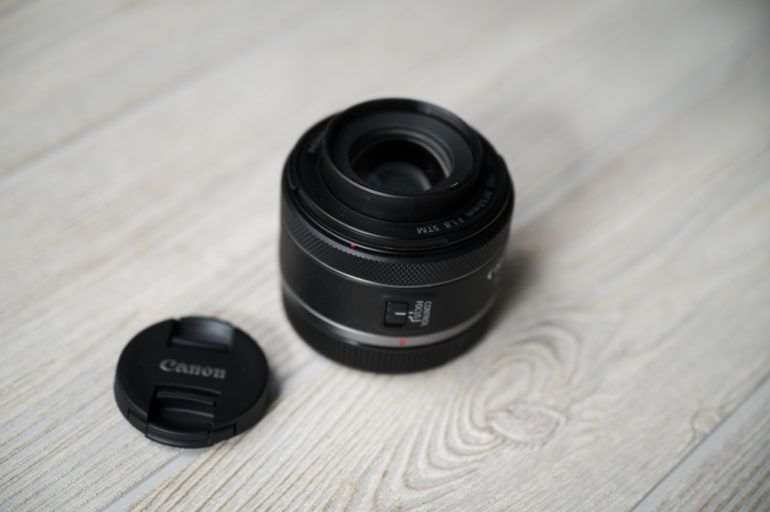
Autofocus
The RF 50mm f1.8 doesn’t slow down the autofocus on the Canon R6. At a walking pace, the camera-lens combo rarely missed a beat. It was only slightly off when it did — focusing on the hair instead of the eyes, for example. That’s even more impressive, considering those images were shot at f1.8 using 12 fps.
Where I hit the softest shots was working with subjects closer to the lens. The lens supports focus about a foot from the front of the lens. Shots testing this number unsurprisingly had a lower hit rate. Overall, the focus coming from this lens is solid.
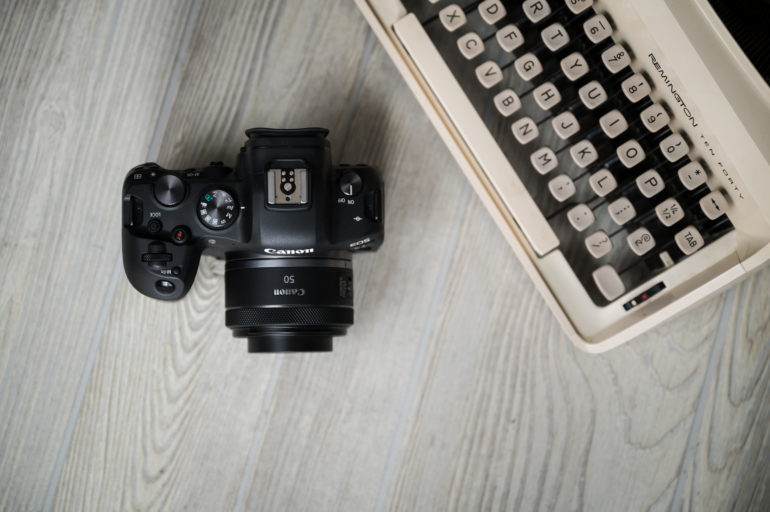
Ease of Use
The RF 50mm f1.8 is a mount and go lens — it’s plenty simple enough for beginners. The only trick to learn is that focus and control ring switch and digging in the menu to customize the control ring.
Image Quality

I love a good budget nifty fifty — and the Canon RF 50mm f1.8 certainly falls under that category. Bokeh is excellent, colors are rich, and there’s plenty of character left over. It’s not as sharp as leading mirrorless prime lenses, but for $200, the images are pretty spectacular.

Bokeh
Looking at the bokeh, it’s hard to tell the shots came from a cheap lens. While an f1.8 doesn’t get quite as smooth as an f1.2, the lens still produced some great bokeh. Soft points of light were round, with no hard edges. Colors and objects easily melted away in the background.

Sharpness
The 50mm starts to show its budget price a bit when evaluating sharpness. The center is acceptably sharp, wide open, but not near as tack sharp as the primes that we’ve seen lately coming from the Nikon Z mount and Sony E mount lenses. I’d still happily shoot this lens wide open, but there are certainly sharper options out there. Sharpness starts to rival what I’ve seen from Sony and Nikon towards f2.8.
The corners are also considerably softer than competing but pricier lenses. The corners and edges were not sharp until about f4.
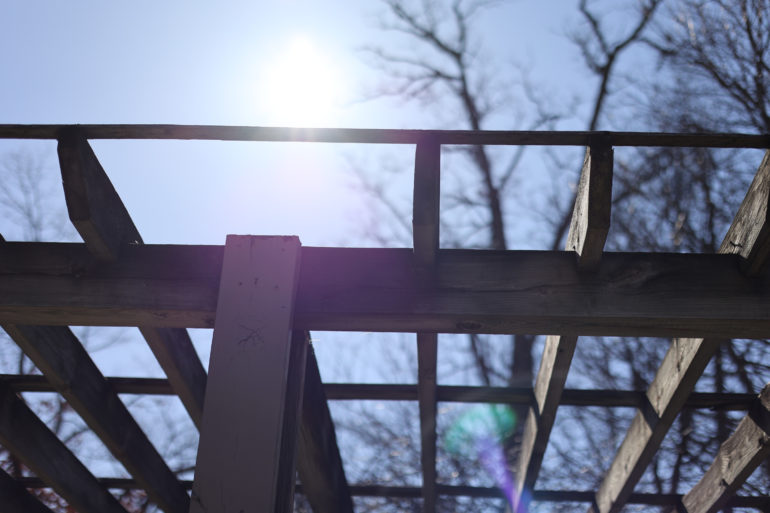
Lens Character
I expected a lot of character from a $200 lens — and I wasn’t disappointed. Of course, pixel peepers may call those same features character flaws.
RAW files had a soft vignette that draws the eye towards the center, but this was well corrected in the JPEGs. Even in JPEGs, I could still spot some green and purple fringing, typically around light sources such as windows. It wasn’t overly distracting, but there was only so much I could tone down in Capture One.
The lens will also easily create some obvious purple and green flare when directed towards a strong light source without the hood. Sometimes, the flare was a little less obvious. The softer flare was a little more detrimental than character-building, so photographers need to be cautious working with backlighting.
Barrel distortion on this lens was minimal.

Color Rendering
Colors coming from the Canon RF 50mm f1.8 and R6 combination are rich, with deep blacks. The RAW files were slightly skewed towards blue, while the JPEGs offered more accurate colors from the start.
Extra Image Samples
From day one, the Phoblographer has been huge on transparency with our audience. Nothing from this review is sponsored. Further, lots of folks will post reviews and show lots of editing in the photos. The problem then becomes that anyone and everyone can do the same thing. You’re not showing what the lens can do. So we have a whole section in our Extra Image Samples area to show off edited and unedited photos. From this, you can make a decision for yourself.
Edited


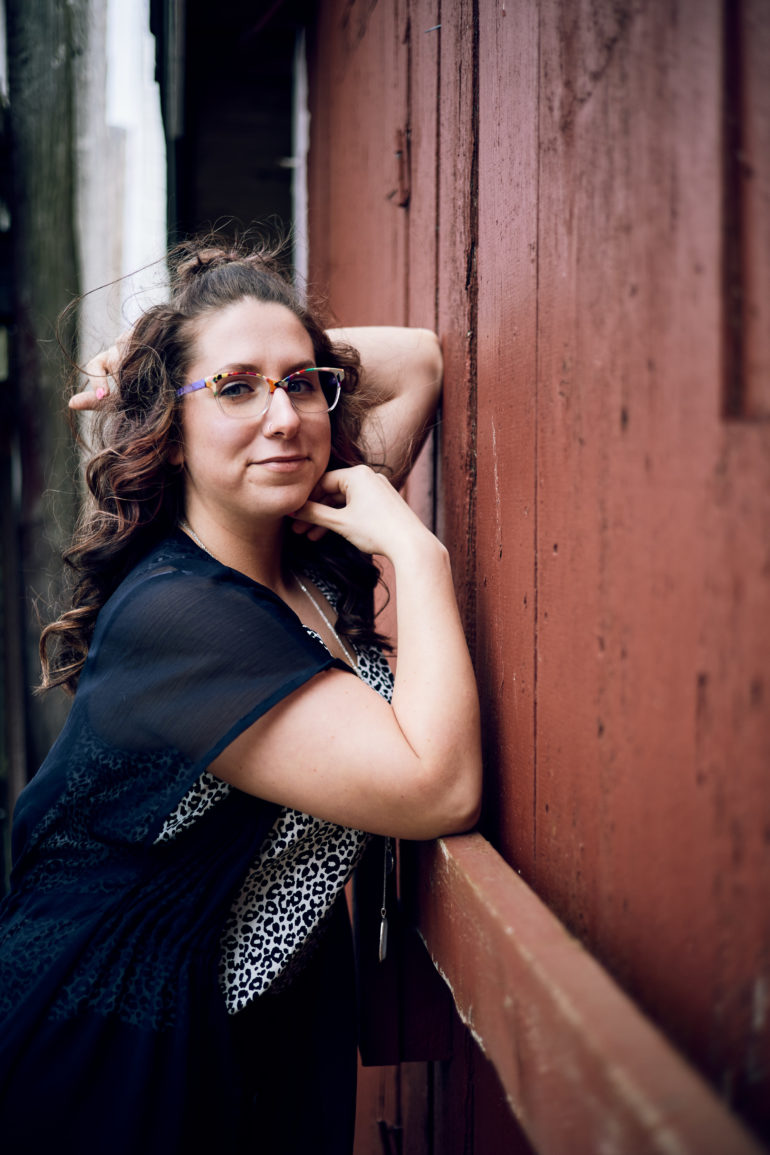



Unedited


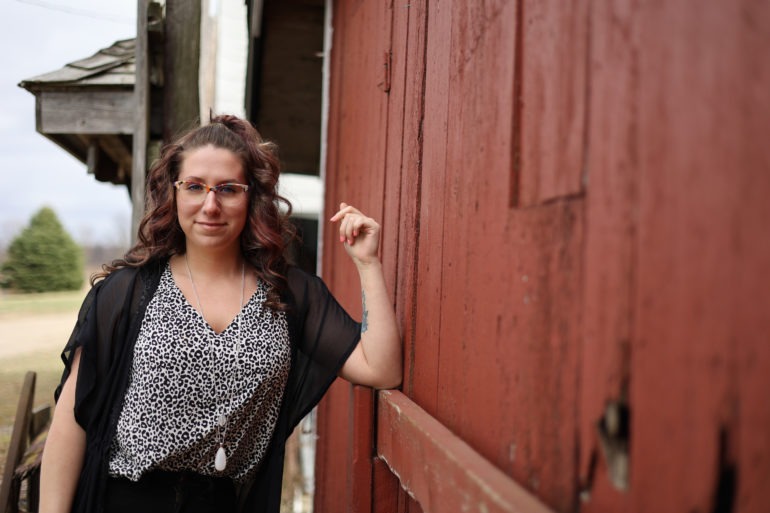








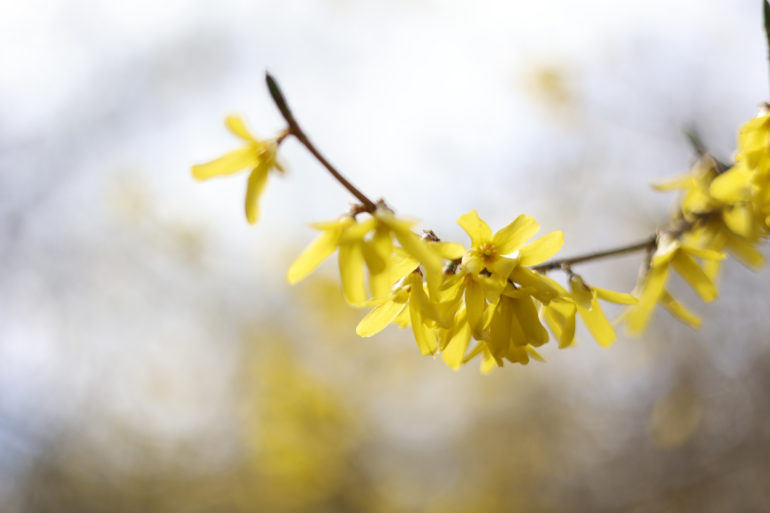

Conclusions
Likes
- This lens is super affordable.
- The 50mm is light and compact, making it a great travel lens.
- Bokeh and color are both excellent.
- The autofocus barely missed a beat.
- Flare and vignetting lend some character.
Dislikes
- The lens isn’t as sharp as other mirrorless primes.
- It lacks weather-sealing.
- The lens has more colored fringing and imperfections than pricier lenses.
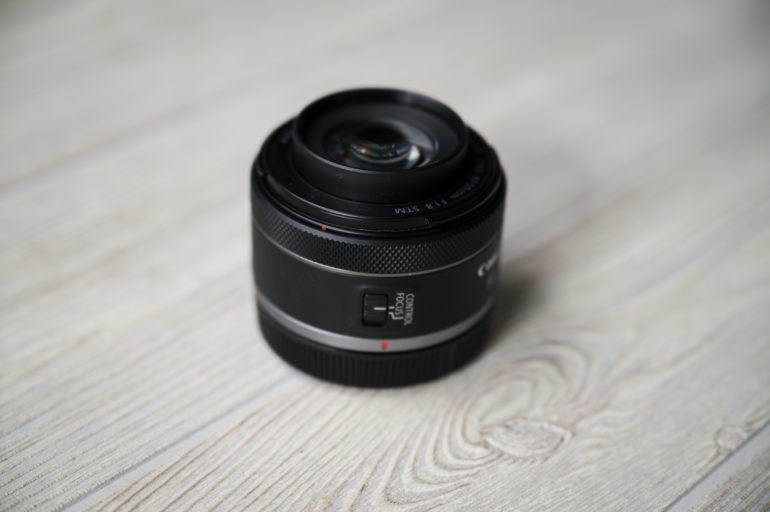
Few mirrorless lenses cost less than the Canon RF 50mm f1.8, yet, the images certainly don’t scream budget lens. Bokeh is great, along with the color. Even the autofocus keeps up. And, that’s all wrapped in a very light, tiny lens.
Of course, you won’t find perfection for $200. The lens isn’t as sharp as options like Nikon’s $600 Z mount nifty fifty or Sony’s $600 FE 50mm F2.5 G. Chromatic aberration is present, though not overwhelming. It also lacks weather sealing.
Can you find better lenses? Sure. But, Canon RF mount shooters would be hard-pressed to find another lens that offers both the same affordability, excellent performance, and solid bokeh of the Canon RF 50mm f1.8 STM.

I’m giving this lens four out of five stars. Want one? They’re only $199.


